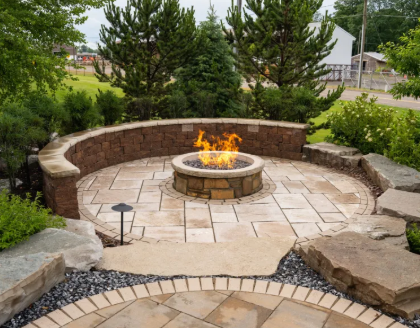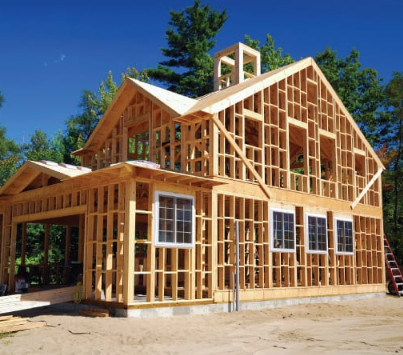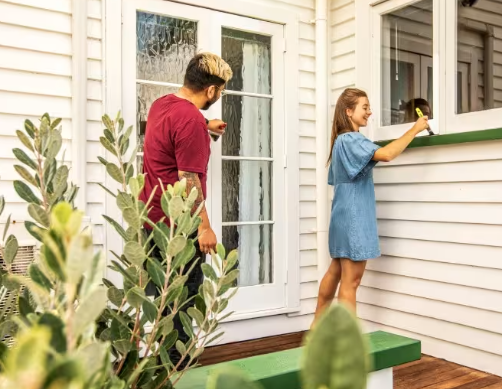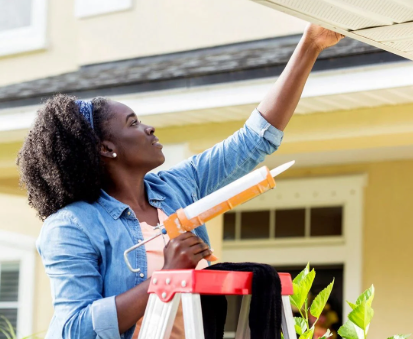As people pay more attention to using every part of a home wisely, basements are getting more and more popular. Yet when renovating or remodeling a basement, most homeowners run into the same stubborn challenge: how can you truly keep moisture under control?
Because a basement sits below ground level, water seepage is the number-one risk. You might notice occasional damp spots or dark patches on the walls. A damp, or even fully wet, basement can cause peeling paint, mold growth, wood rot, and damage to anything you store downstairs. These issues may look like “summer problems,” but they can be much more serious than they appear. They might signal that your foundation, walls, or even exterior surfaces need repair.
A U.S. study indicates that, in the United States alone, water seepage and dampness in basements, first floors, and ground-level storage areas lead to nearly 80 billion dollars in losses every year. If this issue receives proper attention early—either during the initial stages of renovation or as soon as a homeowner notices the first warning signs—and the right corrective steps are taken, it can prevent a lot of avoidable trouble and expense.
Builders usually apply waterproofing during construction. However, as time passes, some houses settle, which can create small cracks in basement walls. When the surrounding soil becomes saturated, water can enter through these cracks. Even well-built basement walls can absorb moisture from the soil and pass it indoors. As that moisture evaporates from the wall surface, the air inside the basement becomes more humid.
Common Causes of Basement Dampness
Basement dampness has many possible sources, but the main one is rainwater—or water from melting snow—sneaking in through openings in the foundation. Here are common situations to watch for:Heavy rain outside pools near the foundation and saturates wall areas.
An indoor plumbing line breaks or leaks.
Roof eave downspouts dump water too close to the foundation.
The yard slopes the wrong way, or there are low spots next to the walls.
Gutters or downspouts are clogged; water overflows, runs down exterior walls, and seeps through the concrete at the base.
Cracks form in the foundation.
Your home’s HVAC system is oversized; it cools the air too quickly, so moisture is not properly removed and condenses indoors.
The waterproofing layer on the foundation is damaged or deteriorated.
Cheap or improper renovation materials were used during a past project.
The sump pump discharges water poorly or not at all.
There is sewage backup into the basement.
Exterior window wells collect and hold standing water.
A Simple Way to Check for Concrete Moisture
In summer, tape aluminum foil or plastic wrap onto your basement’s concrete walls and floor. After one week, peel it off and look for moisture on the concrete surface. If water droplets are present, that shows how much moisture is passing through the foundation. Another clue is your basement’s laminate flooring (many people avoid solid hardwood downstairs because of humidity). If the laminate swells broadly in summer and feels hollow underfoot, the space is too damp.Practical, Proven Fixes
Add Pipe Insulation
Condensation happens when cold water lines meet warm, humid air. If you are skeptical, step into your basement during muggy weather and look for drips hitting the floor. Wrap pipes with foam insulation sleeves to prevent condensation around them. This solution is inexpensive, easy to install, and effective. The foam is slit lengthwise, so you simply slide it over the pipe and trim the excess with scissors or a utility knife. For those living in colder northern regions, pipe insulation also helps keep pipes warmer and reduces the risk of freezing in winter.
Insulate Exterior Walls—With a Big Caution
Insulating exterior basement walls can reduce condensation and save energy in winter. However, do not cover walls with insulation if water is actively seeping in from outside. Insulation in that situation will trap moisture in one area, inviting mold growth behind the finish materials.
Keep Water Away From the Foundation
When it rains or snow melts, water runs off your roof and flows toward the ground near your house. Water always seeks the lowest point. It soaks the soil by the foundation, enters hairline cracks, and—if waterproofing is weak—works through the concrete. If your basement leaks after heavy storms or during spring thaw, the source is likely outdoors. Your first tasks are to identify where the water originates and where it travels inside the basement. Once you know both, you can choose the right fix.
Grading matters. After heavy rain or snowmelt, proper grading helps water drain quickly away from the base of the wall and reduces saturated soil. Aim for a slope at least six feet wide, with the top edge near the wall about four inches higher than the edge farthest from the wall. This area is typically finished with soil, landscape fabric, and gravel.
Gutters and downspouts are your best allies in steering water away. Gutters collect roof runoff and downspouts carry it outward—unless the gutters are choked with leaves and branches. Schedule regular cleaning. Otherwise, rain will spill over like a waterfall right at your foundation. In addition, extend downspouts so they discharge water four to six feet away from the wall.
Repair Holes and Cracks in the Foundation
Holes and cracks allow moisture to enter. Patching alone may not eliminate seepage completely, but it definitely helps. When you find a crack or notice dampness seeping through, fill it with fast-setting concrete (often sold as “instant concrete”) or a cement sealer. After patching, apply a waterproof coating such as DryLok to the wall surface.Lower Humidity With a Dehumidifier
Some dehumidifiers require you to empty the water tray by hand. Consider a model that accepts a hose so it can drain directly to a floor drain. This is far more convenient and keeps humidity controlled without daily maintenance.Redo Exterior Waterproofing (When Needed)
The goal of exterior waterproofing is to prevent water from entering your home—not to remove water after it gets inside. Most homes receive some type of damp-proof coating during construction to meet local building code requirements. However, these coatings do not last forever. Re-doing them is time-consuming and labor-intensive. It also requires heavy equipment, which makes it expensive.Before new coatings go on, a crew must excavate the entire perimeter of the house down to the foundation. That means everything along the edges—porches, decks, walkways, garden beds, shrubs, and other landscaping—must be removed and kept out of the way until the coating cures and the trench is backfilled. Because the soil becomes loosened during excavation, some settling will occur in the following months. Plan to refresh or regrade the soil over the next year to prevent low spots where water can collect.
Install an Interior Drainage System
The most definitive, long-term solution is an interior drainage system. It directly collects and removes water before it spreads. This approach is relatively expensive because it requires removing the concrete floor around the perimeter, installing perforated piping and edging channels along the foundation, and then reassembling and patching the slab. When properly designed and installed, though, it reliably carries water away from your basement and reduces future moisture problems.Final Thoughts
A dry basement protects your family’s health, your home’s structure, and everything you store. Start with simple checks, like the foil test and a careful look at grading and gutters. Fix obvious issues first—clear clogs, extend downspouts, seal small cracks, and run a hose-drained dehumidifier. If you still find dampness, consider bigger steps such as targeted repairs, exterior waterproofing, or an interior drainage system. Acting early reduces costs and prevents small problems from turning into major damage.Act early, fix moisture at the source, and your basement will stay safer, healthier, and easier to maintain.





